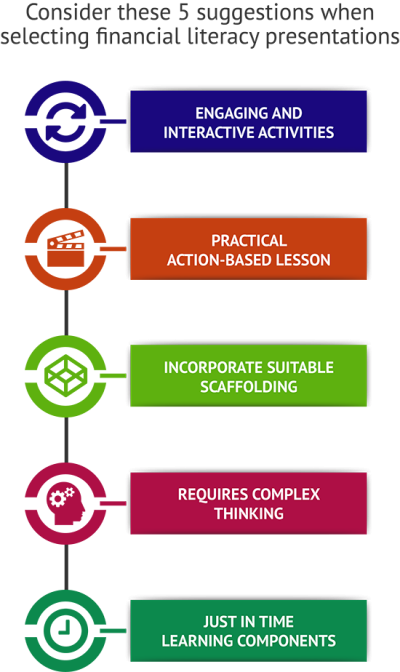
Building Financial Literacy Early for Future Success
Financial literacy is a crucial skill that shapes an individual’s ability to navigate the complex world of money management. Instilling these concepts in children from an early age not only equips them with essential life skills but also sets the foundation for a financially responsible future.
The Importance of Early Financial Education
Teaching kids about finance is more than just introducing them to the concept of money; it’s about fostering a mindset of responsibility and smart decision-making. Early financial education can empower children to make informed choices and set the stage for a secure financial future.
Introducing Basic Money Concepts
Start by introducing basic money concepts in a way that is relatable and engaging for children. Use real-life examples, such as the value of coins and bills, to help them understand the fundamentals of currency. This hands-on approach makes the learning process enjoyable and memorable.
Teaching the Value of Saving
Teach kids the importance of saving money for future goals. Set up a simple savings jar or piggy bank where they can deposit their allowances or money earned from chores. This not only instills the habit of saving but also introduces the concept of delayed gratification.
Earning and Budgeting
Introduce the idea that money is earned through work and that budgeting is essential for managing expenses. Create a simple “income and expenses” chart to help kids understand the flow of money. Encourage them to allocate their funds wisely, balancing spending, saving, and perhaps even donating.
Interactive Learning with Games
Make financial education fun by incorporating games that teach money management skills. Board games or online simulations that involve budgeting, investing, and making financial decisions can be both entertaining and educational. This interactive approach keeps kids engaged while reinforcing key concepts.
Setting Financial Goals
Help kids set realistic financial goals, whether it’s saving for a toy, a gadget, or even a future college fund. Breaking down larger goals into smaller, achievable steps allows children to experience the satisfaction of reaching milestones and reinforces the value of planning.
Teaching Responsible Spending
Teach children the importance of making thoughtful and responsible spending choices. Discuss needs versus wants and encourage them to think critically before making purchases. This habit of mindful spending can prevent impulsive decisions and promote financial responsibility.
Understanding the Basics of Investing
Introduce the concept of investing in an age-appropriate manner. Explain how investments can grow over time and the potential benefits of long-term financial planning. This early exposure can demystify investing and inspire a future interest in building wealth through smart financial decisions.
Bringing Financial Literacy Home
As parents and educators, our responsibility goes beyond the classroom. Incorporate financial discussions into everyday life, such as grocery shopping or planning family outings. These real-world scenarios offer valuable opportunities for practical learning and reinforce the importance of financial literacy.
Conclusion: Empowering Future Generations
In a rapidly evolving financial landscape, empowering the next generation with financial literacy is more critical than ever. By instilling these essential skills early on, we equip children with the tools they need to make informed decisions, navigate financial challenges, and build a secure and prosperous future.
To learn more about the significance of teaching kids finance, visit Teaching Kids Finance for additional resources and insights.










